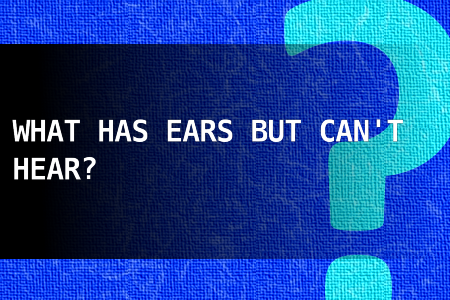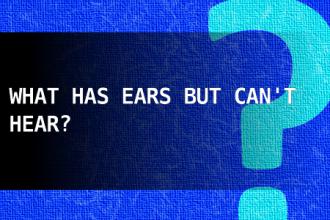
A boy was teaching a girl arit...
A boy was teaching a girl arithmetic, he said it was his mission. He kissed her once; he kissed her twice and said, "Now that's addition." In silent satisfaction, she sweetly gave the kisses back and said, "Now that's subtraction." Then he kissed her, she kissed him, without an explanation. And both together smiled and said, "That's multiplication." Then her Dad appeared upon the scene and made a quick decision. He kicked that boy three blocks away and said, "That's long division!"

